John Hurrell – 25 February, 2013
Dwyer's considerable achievement is to invent a form of painting that exploits the properties of plaster to make misty shadows when in contact with sap from the containing wood. He's discovered a remarkable, excitingly nuanced procedure, one rich in potential for many explorations - a method just as unique as say Rohan Wealleans' aptitude for carving layered rubbery paint, or some of Dan Arps' weird blending of materials.
Two very different painters are being presented together by Tim Melville. One is drawing based using organic (especially skeletal or botanical) forms created by nature within an uninhabited landscape; the other is process driven, happy with unpredictable image making, and pushing the envelope of what painting as an explorative activity might be. Emma Smith uses thin gouache and ink in her mottled studies of horse skulls on card, or lily forms delineated by dark blue puddles of oil on canvas; Johl Dwyer likes to mix acrylic or resin into setting plaster that is poured into a frame, or perhaps paint applied to dry plaster via a brush, to be later sanded - whilst also investigating shadowy stains caused by wood sap the plaster has drawn out of the stretcher frame.
Many of Dwyer‘s paintings are intriguingly mysterious objects by themselves, whilst Smith’s paintings seem to work best within sets, not so good in isolation. However for my money, Smith is more consistent as an image maker, Dwyer exploring so many directions, particularly with gold and silver leaf on the stretcher sides as mock gilded frames, recasting framed borders or baking paintings in an oven so the plaster is burnt, that sometimes he loses it - and things fail. Yet he attains greater heights when successful.
As I’ve just said, some Dwyer works I’m not keen on, especially his dark- toned coloured monochromes or ones that use gold and silver leaf. He doesn’t appear to be ridiculing artists like Max Gimblett or Tony Lane with such ornamental ostentation - something you might suppose - for there are no cues to indicate irony. Instead it seems to be chromatic sensation that draws him to these materials (a calculated jittery jarring) and as with the plaster which he has set with the painting resting facedown on a glass sheet, he likes his metallic edges wobbly and raggedy - avoiding pristine or tidy contours. The chosen reflective hues seem chordal with a bitter assonance, the peeled off leaf making them too optically busy and to me anyway, oddly vulgar. The ones that do succeed are understated, not over. They have a simplicity and focus that the gold and silver undermines.
Nevertheless Dwyer’s considerable achievement is to invent a form of painting that exploits the properties of plaster to make misty shadows when in contact with sap from the containing wood. He’s discovered a remarkable, excitingly nuanced procedure, one rich in potential for many explorations - a method just as unique as say Rohan Wealleans’ aptitude for carving layered rubbery paint, or some of Dan Arps’ weird blending of materials. Hopefully there’s a lot more of these to come.
John Hurrell
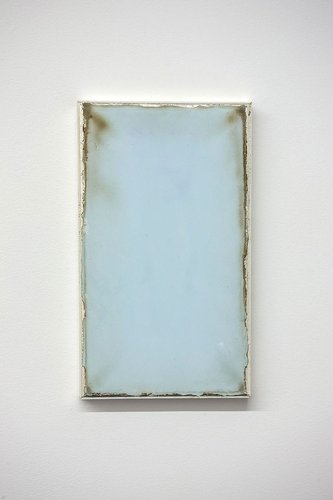




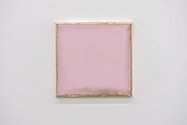
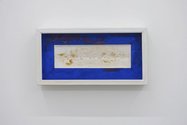


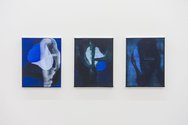
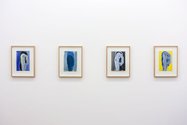
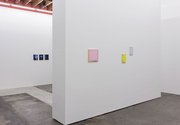
 Two Rooms presents a program of residencies and projects
Two Rooms presents a program of residencies and projects Advertising in this column
Advertising in this column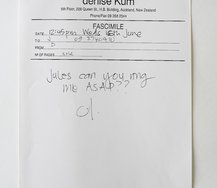
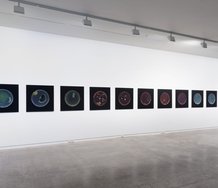
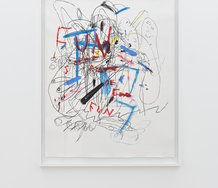

This Discussion has 0 comments.
Comment
Participate
Register to Participate.
Sign in
Sign in to an existing account.